But first, what is the buzz about DeFi?
Decentralized finance, or DeFi, is a trending topic and is taking the blockchain community by storms. Broadly speaking, DeFi is a new world of finance that aims to decentralize core traditional financial use cases like borrowing, lending, trading, investment, wealth management, payment, and insurance. It is built on a decentralized infrastructure, such as public blockchains and smart contracts.
DeFi provides a peer-to-peer financial network. Like lego building blocks, Decentralized Applications (dApps) can associate with each other.
By using decentralized technology like smart contracts, which you can think of as self-executing contracts made of computer code, DeFi allows for the elimination of middlemen.
Decentralized Finance has a real chance to ease people’s pain around money and let people snatch their control back out of the hands of rent-seeking regulators and bankers.
What’s more? Let’s find out another 5 essential things you should know about DeFi.
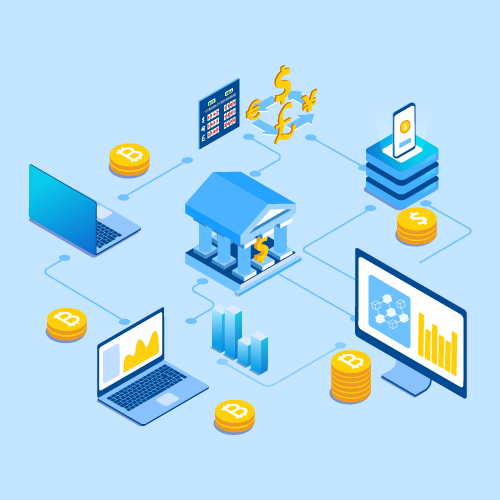
Decentralized Finance: 5 Things You May Not Know About DeFi
DeFi gives access to different forms of capital
The root of DeFi builders is to give access. In a decentralized finance ecosystem, you don’t have to accept the forms of capital that centralized authorities like your government push down your throat.
If you look at Argentina, a country that has struggled for decades with runaway inflation and depreciation of its currency, again imposed capital controls on its citizens to protect the Argentine peso from further drops in value.
Argentinian citizens are only able to buy $200 in USD per month (down from $10,000). This is tragic, as many Argentinians will buy dollars and other, more stable currencies like the Euro instead of storing their wealth in Argentine pesos.
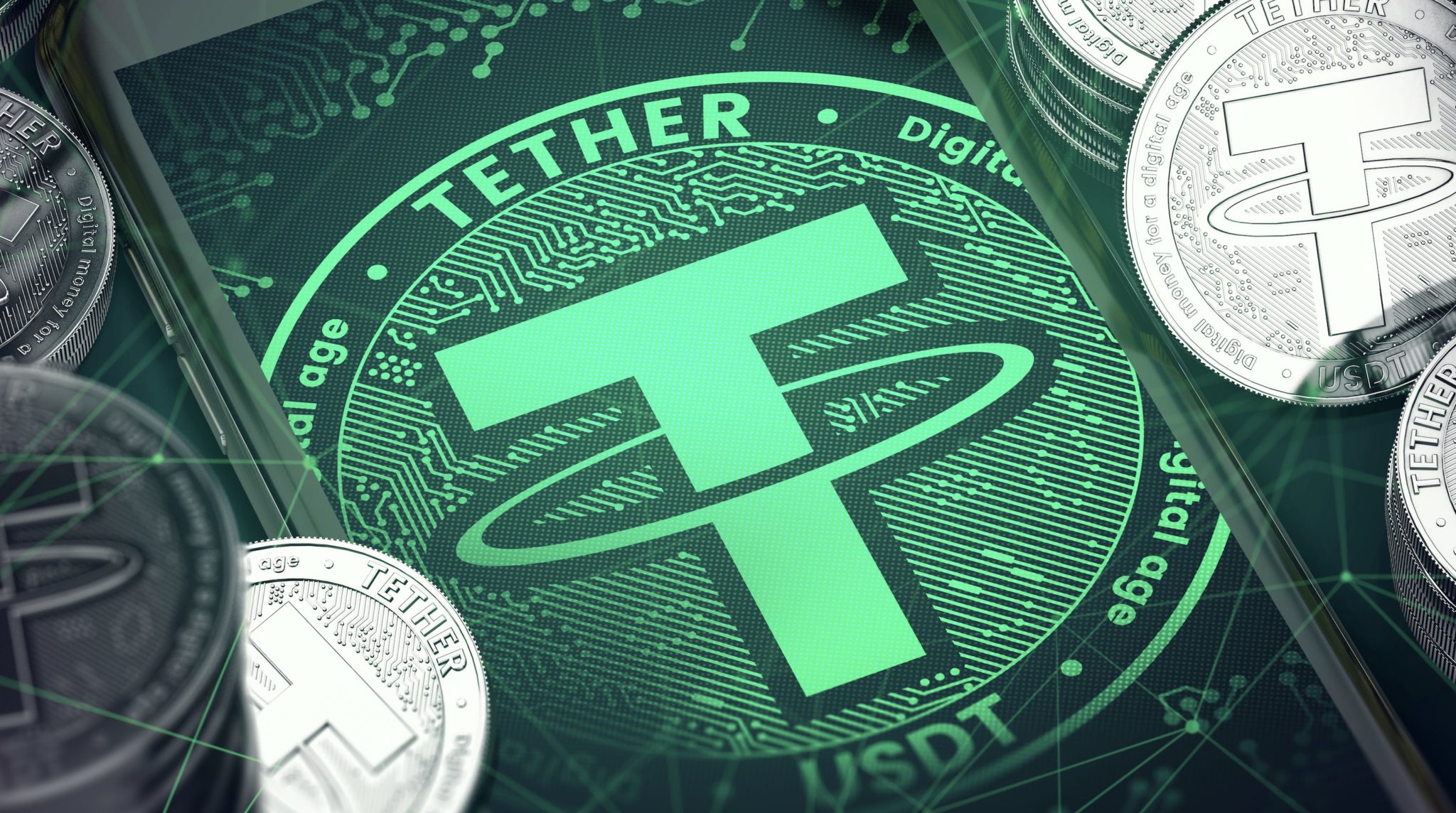
USDT is backed by an equivalent amount of USD.
DeFi offers people like those in Argentina an alternative. More specifically, they could store their wealth in USDT, which is equal to the value of the USD.
In DeFi, USDT is always overcollateralized with TOMO, BTC, ETH, or other cryptocurrencies. It provides a potentially better alternative to the Argentine peso. That stands in stark contrast to the Argentine peso and other fiat (government-issued) currencies, which operate on a fractional reserve basis.
Fractional reserve is when the outdated system of banks loan out more money than they actually have in deposits, essentially creating money out of thin air. This can lead to the banks failing in the case of a “bank run” when a lot of the bank’s customers try to withdraw their deposits all at once. This happened during the Great Depression in 1930’s America.
DeFi gives access to the global economy
“Permissionless finance” is more than just a buzzword.
According to research by the World Bank, 1.7 billion people (approximately 1 out of 5 people in the world) are unbanked. It means that they don’t have access to a bank or mobile money account.
In fact, the most common reason is that many unbanked individuals do not have things others take for granted like identification documents and credit scores.
ID and credit are often necessary to open a bank account and do things, such as take out a loan. After all, the bank or financial institution has to mitigate risk by making sure that their clients are trustworthy and able to meet financial requirements.
On the other hand, DeFi enables people who don’t have access to traditional financial services to take part in the global economy and more specifically, Token Economy. Anyone can take out a loan as long as they have some assets to use as collateral.
Peer-to-peer (P2P) lending applications on blockchains allows removing intermediaries from the current lending system, thus significantly reducing execution costs. Blockchain-based P2P lending applications offer the following advantages:
- Blockchain reduces costs by matching borrowers with lenders directly without middlemen.
- Blockchain could make the entire process faster by adding regulations in the smart contracts.
- The smart contracts could auto-generate the fixed rate of interests based on the profile of a borrower.
In May 2020, TomoChain announced the launch of TomoDEX Lending. The service platform helps match lenders with borrowers without the participation of financial intermediaries. Collateralized assets are stored safely in smart contracts secured by the TomoX protocol. Users can even set their own interest rates and terms.
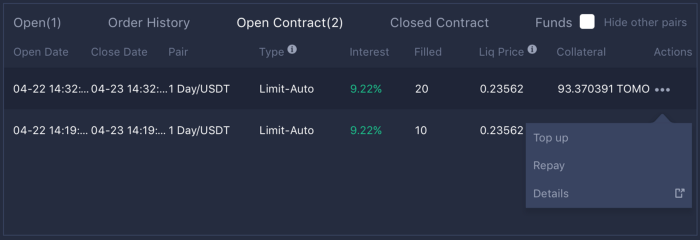
Users can even set their own interest rates and terms in TomoDEX Lending Service.
Borrowing USDT (which is backed by an equivalent amount of USD) is much easier. All you have to do is deposit BTC, ETH, TOMO as collateral via TomoBridge (Support for other major altcoins is coming later). Just make sure that your collateralization ratio stays above 150% by depositing more or returning the borrowing assets. And once you’re done, pay back the value of the loan you took out plus a small amount of interest before the due date and you’ll get your money back.
Read more at: How to borrow and lend with TomoDEX Lending
You earn money on your money
In addition to just maintaining a stable value for your money, DeFi allows you to put that money to work. Aforementioned, TomoDEX Lending on TomoChain lets you deposit assets via TomoBridge which are then lent out to borrowers. These assets can easily be obtained by fiat through exchanges like Maka.co.
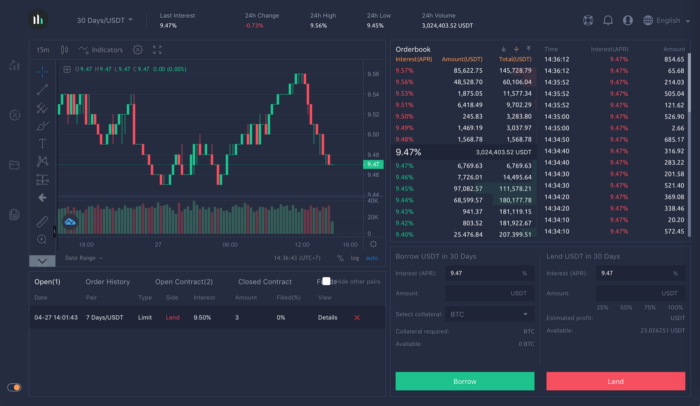
TomoDEX Lending on TomoChain lets you deposit assets via TomoBridge which are then lent out to borrowers.
Another way to think of DeFi Sevices is as a high-interest “saving accounts”. Therefore, people like those in Argentina can not only protect their wealth against inflationary forces but grow it, too.
And it’s not just people living in countries with runaway inflation that can benefit. Many people in advanced economies, such as North America, Western Europe, and East Asia would also benefit by earning higher interest rates on their holdings.
Synthetic assets will connect blockchain and traditional asset marketplace
Synthetic asset refers to a bundle of assets that have the same value as another asset. Traditionally, synthetics combine various derivative products — options, futures, or swaps — that simulate an underlying asset — stocks, bonds, commodities, indexes, currencies, or interest rates. Anyone who can access a market that trades synthetic assets, therefore, can have access to the opportunities found in other marketplaces.
In DeFi, synthetic assets aim to give users exposure to a variety of different assets without needing to hold the underlying asset. This could be anything from fiat currencies, such as the United States dollar or the Japanese yen, to commodities like gold and silver, as well as index funds or other digital assets.
Users using synthetic assets can hold tokens that track the value of some assets without needing to leave the cryptocurrency ecosystem. Decentralized synthetic assets are open to all users across borders by using secured smart contracts and other instruments, and the data is stored on public blockchains.
UMA (Universal Market Access) allows lenders and borrowers to connect and create mutually favorable outcomes without any centralized oversight. People can participate in any market with a price feed. As long as the market price is public, anyone can participate with synthetic assets. Access cannot be limited to participants of any centralized agency’s choosing.
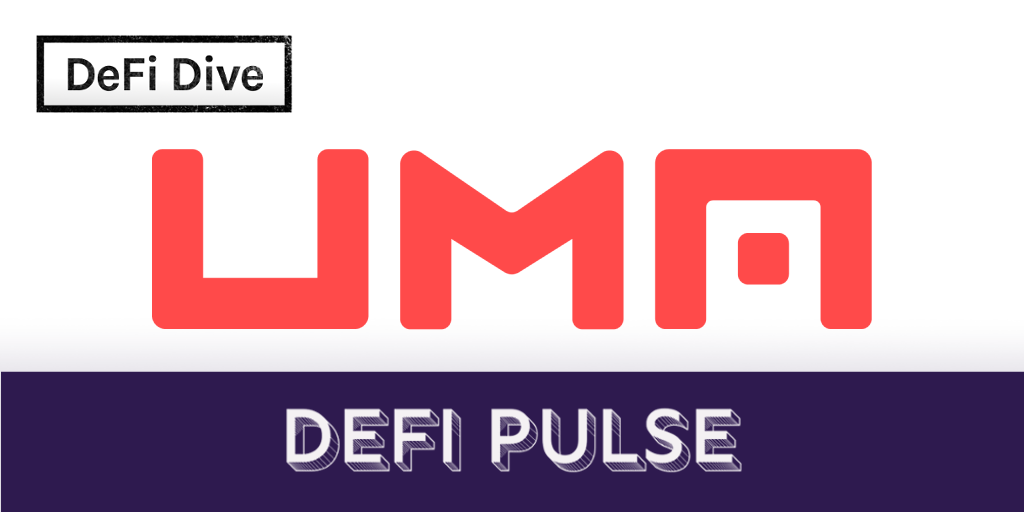
UMA (Universal Market Access) allows lenders and borrowers to connect and create mutually favorable outcomes.
DeFi has been called the “Killer App” in blockchain
DeFi has been called the “killer app” of blockchain because of its value proposition: to earn high returns on stable value.
Money markets, index funds, and other slow-growth investment vehicles are popular with low-risk investors due to their safety and consistent returns. $3.3 trillion are invested in money market funds in the US alone. DeFi lending, while still unfamiliar to most, offers a similar system but with much higher returns, ranging from 7-18%, compared to returns of 2-3% in money market funds.
According to the latest DeFi Pulse industry review, the total amount of Value (USD) locked up in DeFi reached $3.66 billion in July 2020—up 27% month-on-month. This refers to the amount of cryptocurrency currently being held as collateral in DeFi apps.
DeFi apps were key factors for the growth of DeFi. These apps let you lend, borrow, and trade money over a decentralized network, without a bank involved. These types of apps grew by 294% over the last year.
DeFi offers something to investors that looks and feels very similar to what they are familiar with! You can park your funds in a lending platform, and they will earn interest just like a traditional investment.
Other cryptocurrencies like Bitcoin require a steep learning curve that does not fit many participants in traditional markets. DeFi, on the other hand, is similar to what they know. Therefore, it has a better chance of encouraging new users to step in.
Conclusion
These five things are a starter pack for understanding the DeFi movement and its potential. The next important step is to try it for yourself! Get some USDT or lend some TOMO, ETH, or BTC to earn returns from TomoDEX Lending. We’d love to hear all about your DeFi experiences, opinions, challenges, and questions over at Pantograph Community.





